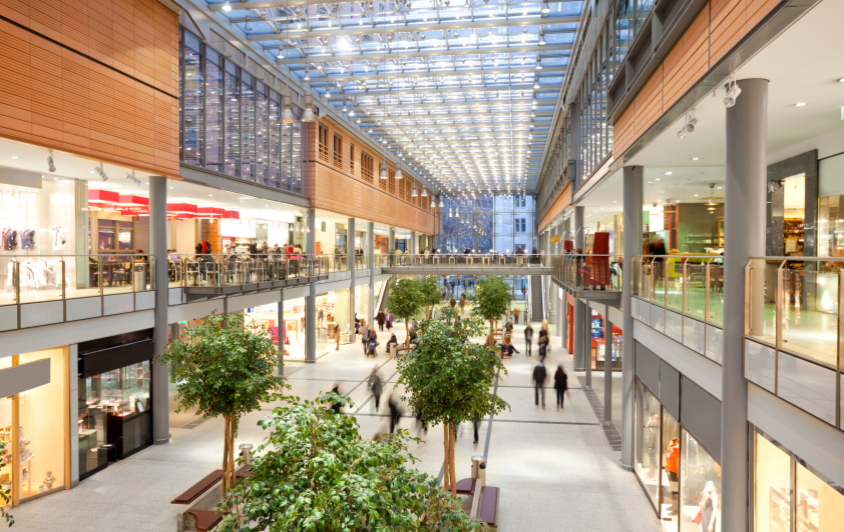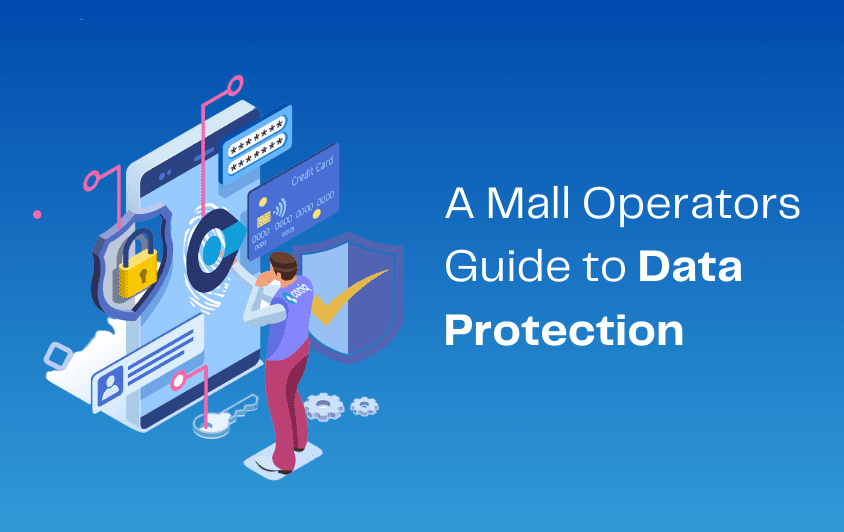I always enjoy January because the start of the new year brings an opportunity to pause, think and plan for the following year. It’s also the month of the World Economic Forum, an annual meeting of political and business leaders to discuss and share ideas on addressing the significant global challenges facing people.
Perhaps not surprisingly, how to save our planet is a central theme. Greta Thunberg and other climate change activists are pushing for chief executives, investors and policymakers to immediately end reliance on fossil fuels. In this article, we will be touching on six themes, but the one we will dive into is better businesses.
The days of business leaders running companies without consideration of stakeholders are gone. Today, customers, investors and employees are extremely influential, with campaigners able to quickly oust CEOs that they believe are not meeting ethical or moral standards.
This grassroots change is powerful and will only become more so as younger people take greater levels of responsibility for their future. This is a warning shot for executives to prepare themselves for an era of scrutiny. Nowhere more is this being felt than in retail.
In partnership with Deloitte, Simon Property Group recently published insightful research into sustainability and found that in-store shopping is 60% more beneficial for the environment than online purchases. One of the key drivers is that shopping online leads to 5X more returned products, which negatively impacts the environment. Not to mention that it creates fewer jobs and is less social than old-school community-based retail destinations.
So, how can shopping mall owners and managers increase sales while also protecting the planet? Here is a four-step process that involves assessing, demonstrating, communicating and extending engagement with consumers that care about the environment.
1) Assess and understand your customer expectations.
Many shopping malls struggle to understand their customers. In doing so, cannot provide a personalised shopping experience that results in increasing visits. One way to solve this is to create a regulatory-compliant database. The database should include customer data sourced across multiple channels. With that customer data, you can plan, run and measure how to best engage shoppers based on their personalised interests and motivations.
- Start to profile your customers by collecting basic contact data. Such as name, email, age, gender, home address and social-demographic information.
- Then, learn what your customers are doing in-store. Do this by gathering transactional data on what shoppers have purchased, using mobile devices and other geo-location technology to understand the behaviour of individuals in the store.
- Ultimately, know what your customers are saying and thinking by accumulating contextual data. Use in-store surveys, social media and review sites to gather the information.
2) Demonstrate and provide a ‘green’ experience for shoppers
Shoppers are less likely to visit shopping malls and stores if the businesses show no concern or commitment to safeguarding the environment. Hence, mall operators, landlords and tenants must work together to provide a joined-up customer experience and demonstrate that they are serious about sustainability. Not doing so can lead to serious reputational damage.
To avoid being perceived as ‘greenwashing,‘ malls should be easily accessible to public transportation and encourage eco-friendly transportation. Some examples of this are providing ample bicycle parking, using energy and water efficiency in buildings, and provide a click and collect facilities with rooms to try products as if you were in the store, which will make shoppers and retailers save time and money. If you have a customer loyalty program incorporate sustainable marketing campaigns to leverage green loyalty.
Customers will also expect technology to enhance the shopping experience and save resources. Some examples are offering digital receipts to document purchases and emails and text messages for communications.
3) Communicate and incentivise your customers
Design a loyalty program that encourages and recognises customers for their actions in protecting the environment. A few ideas to reward positive behaviour include:
- Money spent on eco-friendly products earns shopper points
- For points earned, donate money to pro-environment organisations
- Shoppers that return used items, as opposed to throwing them away, receive discounts
- Customers that demonstrate eco-lifestyles get free products and services
4) Extend and enrol customers in partnership with brands.
One thing is to incentivise customers to become environmental activists. The other is to make it possible for 96% of consumers who want to make a positive difference. The question is, then, how.
Most prominent brands and retailers in shopping malls have corporate social responsibility programs that focus on the environment. Therefore it’s worth tapping into these by partnering with tenants. This will improve a mall’s sustainability credentials and overall reputation with the local community by increasing and activating loyalty program members while enabling malls to support brands in promoting and garnering endorsement of their eco-initiatives. It’s a win-win for everyone.
Retail executives can directly contribute to saving the planet. The unknown is whether they take the initiative today or be forced to respond to stakeholder pressure in the future and be perceived by customers and others as followers, not leaders.
Sustainability is a huge opportunity for traditional brick-and-mortar stores to compete against online e-tailers by providing a unique and memorable retail destination experience for shoppers that is also pro-environment – making customers feel good about shopping.
In conclusion, better business is good business.
January this year is also special for me because I have joined an exciting company, Coniq. At Coniq, we are changing how malls operate by bringing data-led tech to the retail industry.






